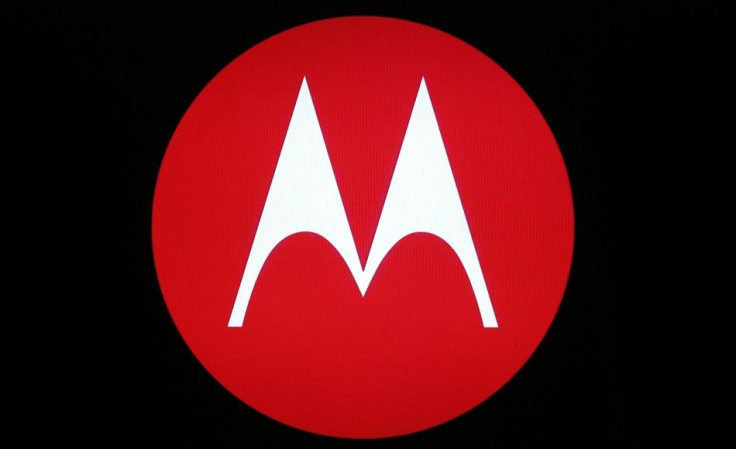Motorola DROID Turbo vs. Nexus 6 – Two Killer Motorola Handsets’ Showdown

The Motorola Droid Turbo has just become official but the handset can be purchased starting tomorrow i.e. Thursday, Oct. 30. Meanwhile, the Motorola-made Nexus 6 is set for a Nov. 12 release. This next-generation device from Google can be availed from all major carriers and several retailers in the U.S. namely AT&T, Sprint, US Cellular, T-Mobile, Best Buy and Google Play store. It is worth mentioning that, the pre-order window starts today i.e. Oct. 29. Readers who are interested in the Motorola DROID Turbo or the Nexus 6 should check out this comparison.
Display, Design And Size
The Motorola DROID Turbo features a pocket-friendly 5.2-inch Super AMOLED display bundled with a Quad HD resolution of 1,440 x 2,560 pixels, which trickles down to a pixel density of 565 ppi. The Nexus 6, on the other hand, comes with a humongous 5.96-inch AMOLED display and the resolution is same as the DROID device. This translates to a pixel density of 493 ppi.
When it comes to design, the seriously-huge Nexus 6 is very much identical to the recently released Moto X 2014 handset. In addition to the plastic exterior, there is a metallic frame encircling the sides of the smartphone, providing premium-look to the huge device. Moreover, there are two front-facing speakers to amplify the sound system on the smartphone, writes Phone Arena.
More than anything else, the DROID Turbo aims to fix the battery problems prevalent in recently released devices. And hence it comes with a killer battery configuration of 3900 mAh unit that can provide up to 48 hours (i.e. two full days) of charge. Meaning, the configuration is 1000 mAh more than the Apple iPhone 6 Plus and nearly 800 mAh more than the Galaxy Note 4. Moving on to the design, similar to the Nexus 6, the Turbo looks identical to the Moto X, writes Mashable.
Speaking of size, the thickness and weight of the Motorola Nexus 6 are 0.40-inch and 184 g respectively, while the DROID Turbo handset is 0.31-inch thick and weighs 169 g. Quite interestingly, the flagship Nexus 6 smartphone is both thicker and heavier than the DROID Turbo.
Hardware, Software And Memory
Both the handsets are powered by the same solid quad-core (Qualcomm Snapdragon 805) Krait 450 processor, clocked at 2.7 GHz and the latest Adreno 420 GPU for graphics. In addition, both the devices are backed by the same 3 GB of RAM.
Moving on to the software side, the DROID Turbo runs on Android 4.4.4 KitKat OS. However there is a planned upgrade to v5.0 Lollipop in the offing. Meanwhile, the Nexus 6 runs on the latest Android v5.0 L OS with material design. The stand out point about these devices is that, they provide stock Android experience. Android v5.0 L follows minimalistic design philosophy and offers impressive overall user experience, writes Phone Arena.
Moreover, both the smartphones offer 32 GB and 64 GB of in-built storage options. Following Google's tradition of not offering microSD card support, both the devices do not support expandable storage. But then, the increased in-built storage limit compensates the deficit.
Camera And Battery
While the DROID Turbo sports a killer 21 MP primary camera with dual-LED flash and 4K video support, the Nexus 6 features a relatively inferior 13 MP rear camera with dual-LED flash, optical image stabilisation and 4K video recording support. Additionally, both the handsets come with a 2 MP secondary shooter for selfies. When it comes to battery, the DROID Turbo trumps the Nexus handset fair and square. The Turbo comes equipped with a whopping Li-Po 3900 mAh unit, while the Nexus 6 houses a Li-Po 3220 mAh unit.
DROID Turbo | Nexus 6 | |
Talk Time | 48 Hours | 24 Hours |
Stand-by Time | Unknown | 330 Hours |
Additional Features
1. Similar to other DROID handsets, the Turbo comes with an aggressive design aided by Kevlar-like finish. This includes a metallic shell design, which is a metal-coated fibre-glass and a ballistic nylon design that comes with military grade material, says Android Authority. While the nylon design will only be available in black hue, the metallic one will come in red and black. The Nexus 6, meanwhile, comes in midnight blue and cloud white shades.
2. Both the phones offer wireless charging facility. In addition to the standard connectivity options, both the phones support 4G LTE and NFC. However, the DROID Turbo goes one step further and supports Infrared port as well. Speaking of SIM, both the handsets employ nano-SIM.
3. In theory, both the devices do not come with water- or dust-proof exterior. In order to counterbalance the lack of IP67 certification, both the handsets feature a water-resistive coating. Meaning, the devices can survive accidental water splashes. Nonetheless, leaving the smartphone underwater for longer period of time will damage the handset perennially, according to Phone Arena.
Price And Release Date
The Motorola DROID Turbo 32 GB variant can be purchased for US$199 and the 64 GB model comes for US$249 under contract from Verizon. Notably, Verizon is throwing in a free one-time screen replacement for every handset. The outright price is US$599 (i.e. AU$675) and the device will hit the store shelves on Oct. 30, says NDTV. On the other hand, the Nexus 6 32 GB variant can be purchased for US$649 that roughly translates to AU$732. As noted earlier, the device can be pre-ordered from Oct. 29 and will reach the door steps on Nov. 12.
Also Read
1. Apple iPad Mini 3 Is 'Embarrassingly Mediocre And Way Overpriced' Says Display Mate, But iPad Air 2 Dodges The Bullet - [Read]
2. Apple iPad Mini 2 Beats The Latest Mini 3 In Battery Life Test Fair And Square - [Read]
3. Super-Chic 'LG G Watch R' Heading To AT&T For £224.99 Equivalent, Tough Luck Moto 360 - [Read]




















